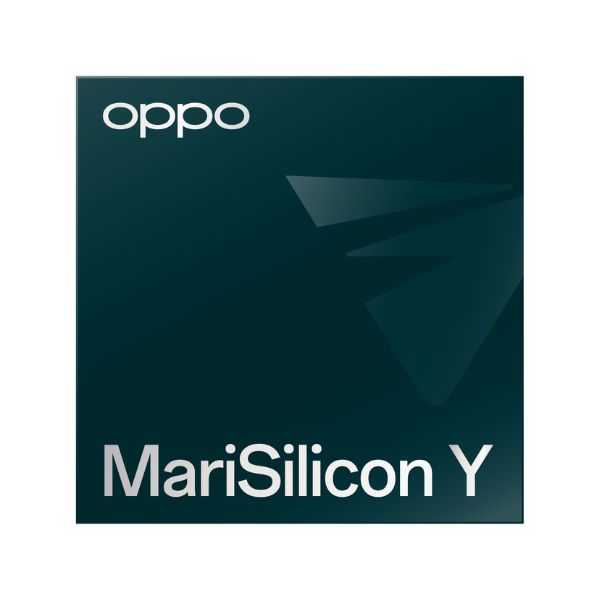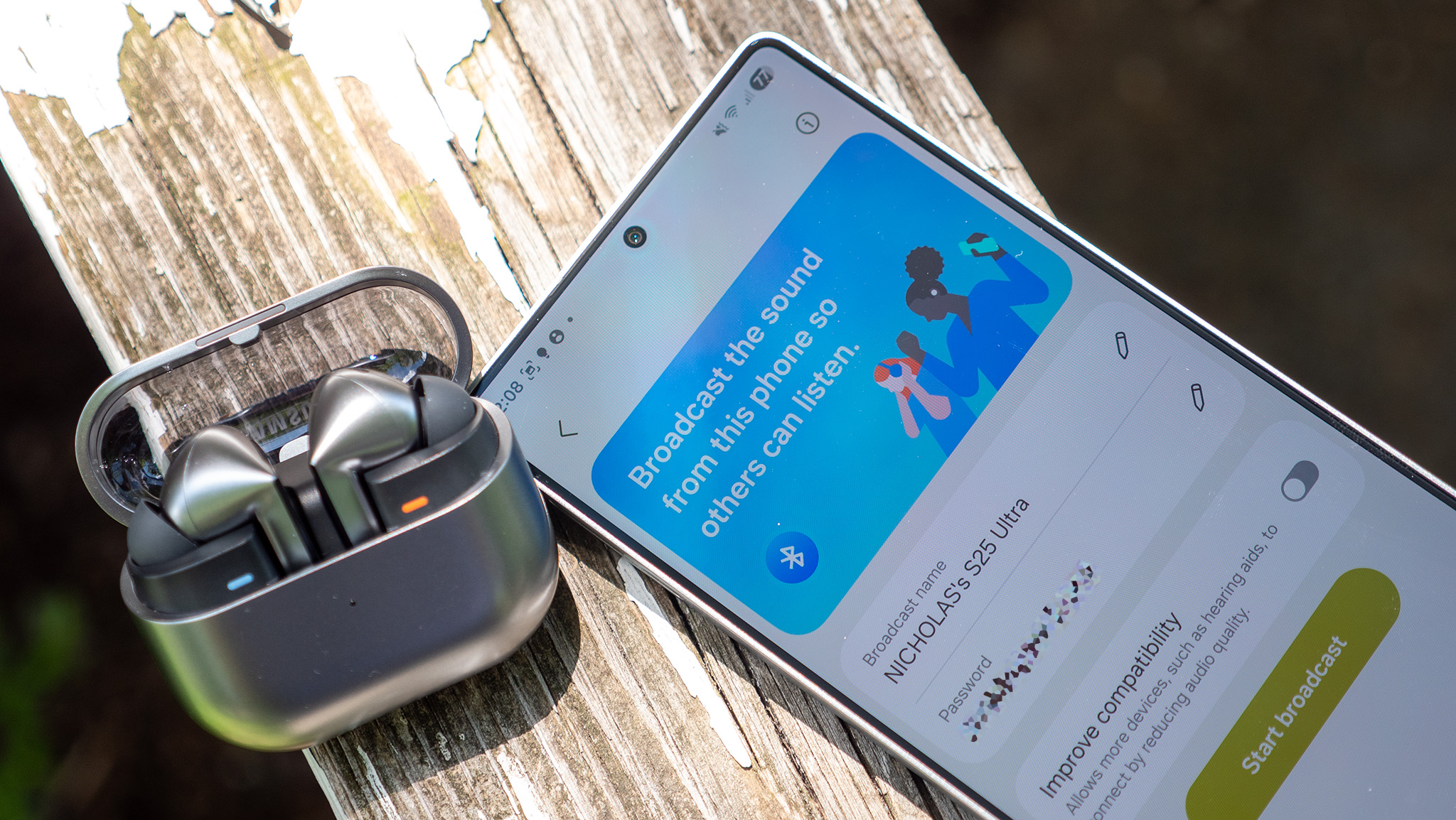OPPO's MariSilicon Y aims to set a new standard for wireless audio
OPPO debuts its second member of the MariSilicon family at its INNO Day 2022.

What you need to know
- OPPO started its INNO Day 2022 this week.
- After debuting MariSilicon X NPU last year, the company is back with a new SoC.
- Dubbed MariSilicon Y, it is a new SoC dedicated to wireless audio.
OPPO has kicked off its INNO Day 2022, and new announcements are coming. The prominent ones include a new dedicated SoC for wireless audio dubbed MariSilicon Y. Catering to meet the demands of audio enthusiasts who often rely on wireless audio, OPPO has decided to develop a MariSilcon Y Bluetooth audio SoC.
At last year's INNO Day, OPPO debuted MariSilicon X, its first imaging NPU SoC that powered the OPPO's best Android phones, like the Find X5 Pro and Reno 8 series, for their primary cameras.
The latest SoC is based on N6RF technology and can handle physical layer data speeds up to 12 Mbps. It is also the first RF chip designed by OPPO. Comparing the N6RF process to the 16nm process technology used in the previous generation, a 66% decrease in transceiver power consumption is promised on a chip that is 33% smaller.
OPPO is aiming for two main Bluetooth audio experiences—wireless and lossless audio and computational audio—with the MariSilicon Y SoC.
The SoC has a 24-bit/192 kHz frequency that allows for ultra-clear lossless audio over Bluetooth, which is often only present in traditional music CDs of yore. The SoC also has OPPO's self-developed PRO Bluetooth Pack, increased Bluetooth data rate (up to 12Mbps), and the company's exclusive URLC codec technology, all of which tend to work together to deliver faster wireless transfer.
OPPO says that the URLC codec will have a higher compression rate than the current LDAC, LHDC, AAC, and AptX codec technologies, promising superior lossless encoding over Bluetooth audio.
The prominent LDAC, LHDC, L2DC, L3C, AAC, and SBC open encoding formats are supported by MariSilicon Y. It is also said to be among the first Bluetooth audio devices to support L3C, the next encoding standard.
Get the latest news from Android Central, your trusted companion in the world of Android

For computational audio, the MariSilicon Y also utilizes AI to help users hear more personalized and customized audio content. To meet the computational demands, the SoC relies on the dedicated NPU, which, paired with AI, promises to create a directional and spatial listening experience.
It is also where the 590 GOPS (Gigabytes Operations Per Second) computing handles real-time audio processing to create personalized spatial audio. It further includes two OPPO-exclusive technical features:
"Music Extraction uses AI to intelligently recognize and isolate the sound of specific stems in a selected song, such as vocals, drum, bass and other instruments."
"Spatial Rendering gives users the freedom to adjust the sound's spatial location information after the sound has been isolated."
Overall, OPPO says it has opened up a new chapter with the new MariSilicon Y to offer its users next-level lossless and wireless audio.
"Moving forward, OPPO will continue to develop new technological breakthroughs in audio as we bring enhanced entertainment experiences to our users worldwide."

Vishnu is a freelance news writer for Android Central. Since 2018, he has written about consumer technology, especially smartphones, computers, and every other gizmo connected to the internet. When he is not at the keyboard, you can find him on a long drive or lounging on the couch binge-watching a crime series.
